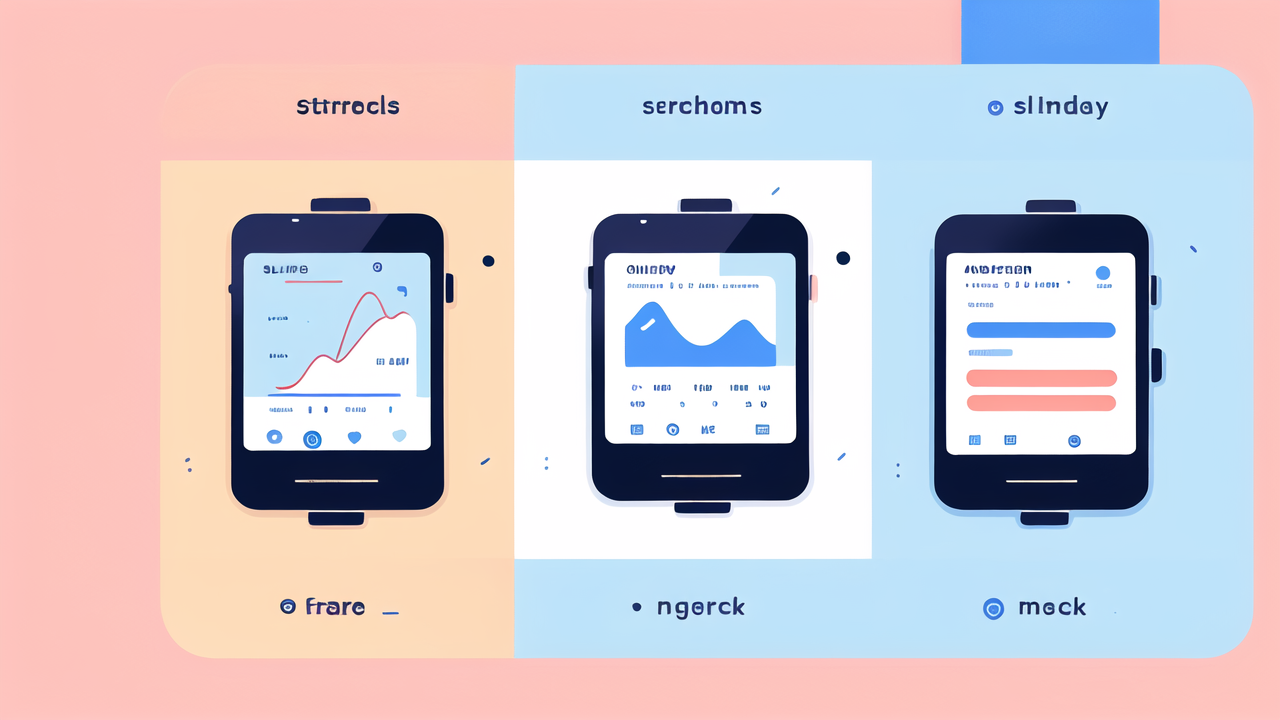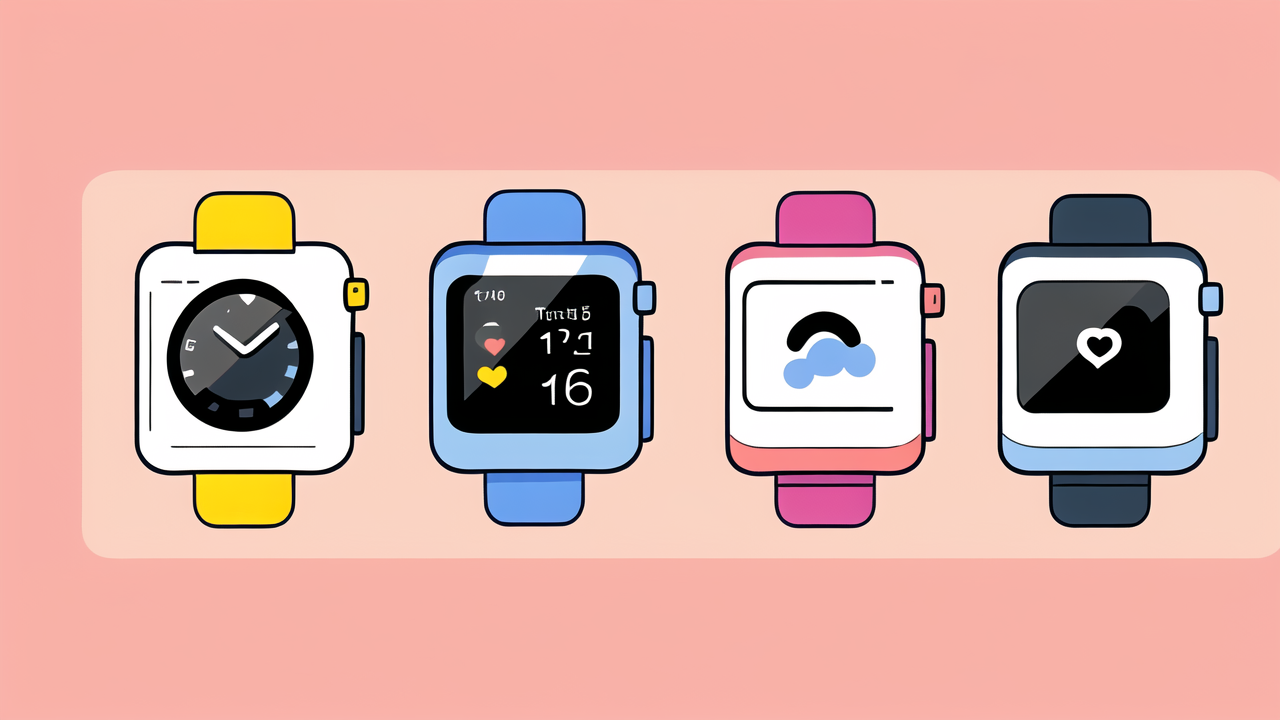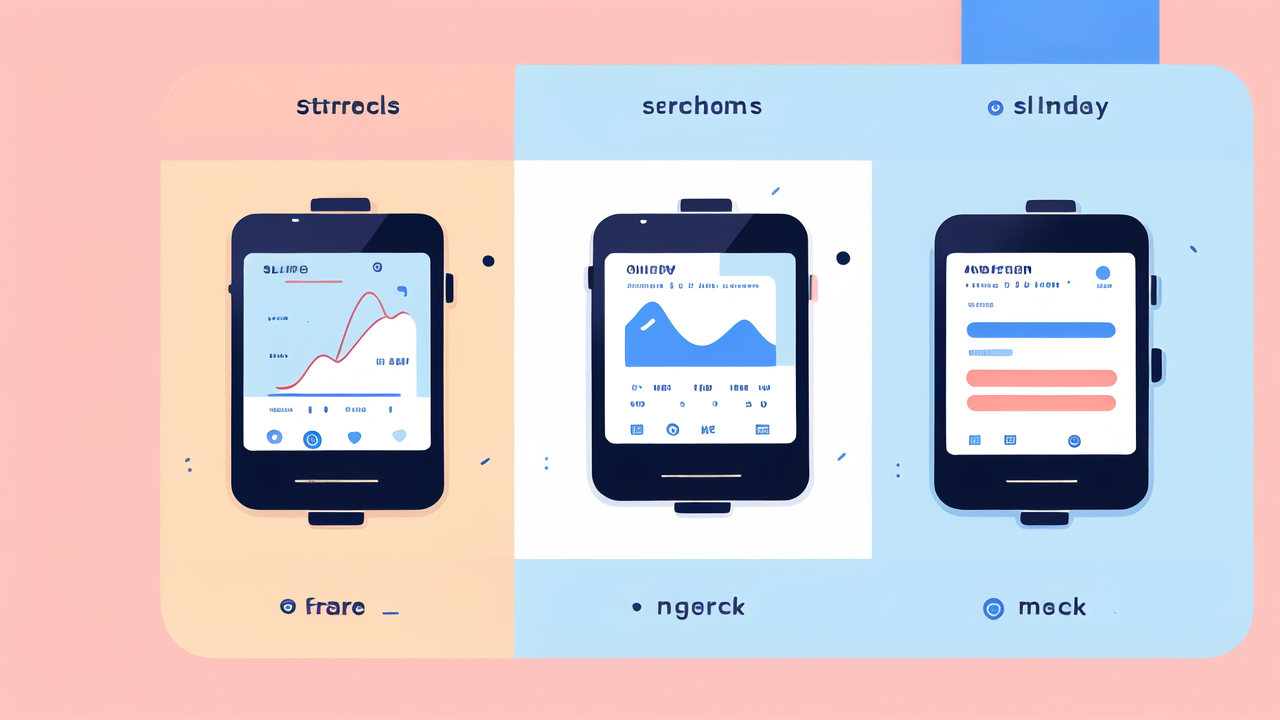Understanding Activity Trackers: A Primer for the Uninitiated
What is an Activity Tracker?
An activity tracker is a wearable device that monitors and records fitness-related data. It tracks steps, calories burned, and sleep patterns. Some advanced models can measure heart rate and GPS location.

These devices come in various forms, such as wristbands, watches, or clips. They sync with smartphones or computers to provide detailed insights into your daily activities. Activity trackers help users set and achieve fitness goals.
They're designed for everyday use, making it easy to monitor your health and fitness progress. With user-friendly interfaces, they offer a simple way to stay motivated and accountable.
The Importance of Tracking Fitness in Today's Fast-Paced Lifestyle
In our busy world, staying active can be challenging. Activity trackers offer a solution by keeping us aware of our daily movement. They remind us to stay active, even during hectic days.
These devices provide objective data about our habits. This information helps us make informed decisions about our health. By seeing our progress, we're more likely to stick to our fitness goals.
Trackers also promote a sense of achievement. Hitting daily targets boosts motivation and encourages consistency. They make fitness feel like a game, turning exercise into a fun, rewarding activity.
Key Features to Look for in a Basic Activity Tracker
When choosing a basic activity tracker, consider these essential features:
- Step counting: Accurate step tracking is crucial for monitoring daily activity.
- Calorie tracking: This helps in managing weight and understanding energy expenditure.
- Sleep monitoring: Good sleep is vital for overall health and recovery.
- Water resistance: Ensures the device can withstand sweat and light rain.
- Battery life: Look for devices that can last at least a week on a single charge.
- Smartphone compatibility: Easy syncing with your phone for data analysis.
- User-friendly app: A simple, intuitive app makes data interpretation easier.
- Comfort: The tracker should be comfortable for all-day wear.
These features provide a solid foundation for tracking your fitness journey.
The Ultimate Guide to Selecting the Best Activity Tracker
Assessing Your Specific Fitness Goals and Needs
Choosing the right activity tracker starts with understanding your fitness goals. Are you a beginner looking to increase daily steps? Or an athlete training for a marathon? Your needs will guide your choice.

Consider these factors:
- Activity level: Basic trackers work for casual users. Athletes may need advanced features.
- Preferred activities: Swimmers need waterproof devices. Cyclists might want GPS.
- Health concerns: Some trackers monitor heart rate or blood oxygen levels.
- Tech-savviness: Choose a device that matches your comfort with technology.
- Style preferences: Trackers come in various designs. Pick one you'll want to wear daily.
Remember, the best tracker is one you'll use consistently. Choose a device that fits your lifestyle and goals.
Reviewing Top Activity Trackers in the Market
The market offers a wide range of activity trackers. Here's a brief overview of some popular options:
- Fitbit Charge 5: Known for its sleek design and comprehensive health tracking.
- Apple Watch Series 7: Offers advanced features and seamless iOS integration.
- Garmin Vivosmart 4: Great for athletes, with in-depth fitness metrics.
- Samsung Galaxy Fit 2: Affordable option with good battery life.
- Whoop Strap 4.0: Focuses on recovery and strain metrics for serious athletes.
Each device has its strengths. The Fitbit excels in user-friendly design. Apple Watch offers the most apps. Garmin is ideal for outdoor enthusiasts. Samsung provides good value. Whoop caters to performance-focused users.
Research these options to find the best fit for your needs and budget.
Comparing Price Points and Specifications
Activity trackers vary widely in price and features. Here's a general breakdown:
- Budget-friendly ($30-$100): Basic step counting, sleep tracking, and notifications.
- Mid-range ($100-$200): Added features like heart rate monitoring and GPS.
- High-end ($200+): Advanced health metrics, smartwatch features, long battery life.
Consider these specs when comparing:
- Display: Size, color vs. monochrome, touchscreen
- Battery life: Ranges from days to weeks
- Water resistance: Depth rating for swimmers
- Sensors: Heart rate, GPS, altimeter, etc.
- Smart features: Notifications, contactless payments, music control
Remember, more features often mean higher cost and shorter battery life. Choose based on what you'll actually use.
Maximizing the Benefits of an Activity Tracker in the United States
Integrating Your Tracker with Fitness Communities and Social Networks
Activity trackers become more powerful when connected to wider networks. Many devices sync with popular fitness apps and social platforms. This integration can boost motivation and accountability.

Popular options in the US include:
- Strava: Great for runners and cyclists to share routes and compete.
- MyFitnessPal: Combines activity data with nutrition tracking.
- Apple Health: Centralizes health data for iOS users.
- Google Fit: Similar to Apple Health, but for Android users.
- Fitbit Community: Allows Fitbit users to connect and challenge each other.
Joining these communities can provide support and friendly competition. You can share achievements, join challenges, and find workout buddies. This social aspect often leads to better long-term engagement with fitness goals.
Tips for Staying Motivated and Achieving Fitness Milestones
Using an activity tracker consistently is key to seeing results. Here are some tips to stay motivated:
- Set realistic goals: Start small and gradually increase targets.
- Celebrate small wins: Acknowledge daily achievements to build momentum.
- Use reminders: Set alerts to move regularly throughout the day.
- Join challenges: Participate in community events or create friendly competitions.
- Review your data weekly: Look for trends and areas for improvement.
- Reward yourself: Plan non-food rewards for reaching milestones.
- Mix up your routine: Try new activities to keep things interesting.
- Share progress: Post updates to your fitness network for support.
Remember, progress isn't always linear. Focus on overall trends rather than daily fluctuations.
Legal Considerations and Privacy Policies in the US
In the US, privacy is a key concern with fitness trackers. These devices collect sensitive health data. It's important to understand how this information is used and protected.
Key points to consider:
- Data ownership: Check if you retain rights to your personal data.
- Data sharing: Understand how the company shares data with third parties.
- HIPAA compliance: Some trackers may be subject to health data regulations.
- Location tracking: Be aware of GPS features and how location data is used.
- Data security: Look for companies with strong encryption and security measures.
- Right to delete: Ensure you can remove your data if you stop using the service.
Read the privacy policy before using any fitness tracker. If anything is unclear, contact the company for clarification. Your health data is valuable. Protect it as you would any other personal information.




Leave a comment
This site is protected by hCaptcha and the hCaptcha Privacy Policy and Terms of Service apply.